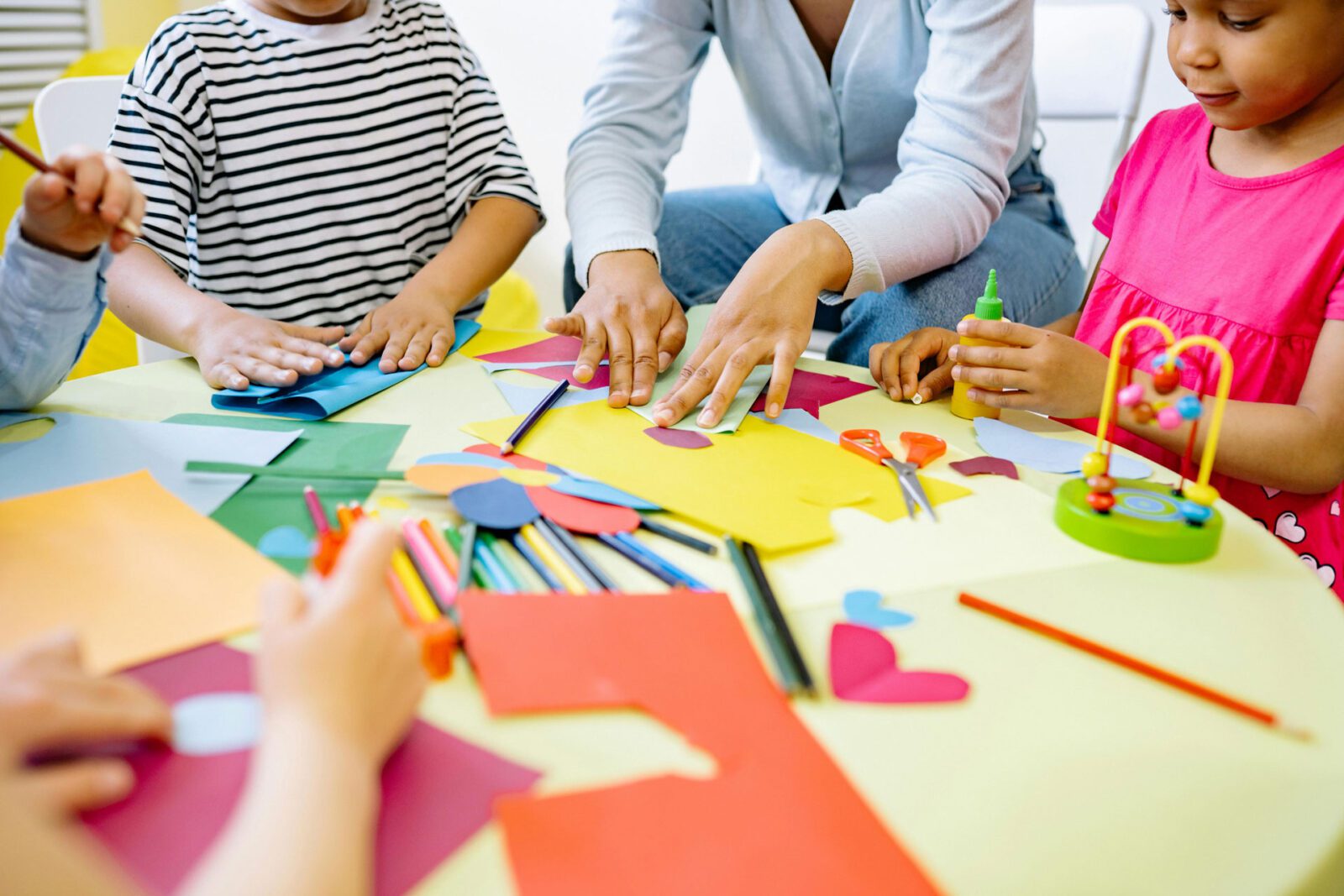The transition back to school after summer holidays can be exciting, challenging or even daunting for many children. Here are some simple ideas that might help create a positive learning environment all students.

-Consider how you can set up the classroom environment
o Label materials and spaces
o Use visual schedules or choice boards
o Provide a quiet or safe space where children can go to ‘calm down’ (and self-regulate)
-Prepare classroom rules and routines
o Create a morning routine
o Create a routine for dismissal
o Create a list of rules and consequences, post them, make them visible, develop into social stories
o Develop a signal to capture students’ attention
o Use consistent activity completion signals
o Determine transition activities when work completed
-Promote social communication and language development
o Pair-and-share strategy.
Ask the class an open-ended question, but before calling on one child to answer, get them to pair up talk to their partner about the answer and then share with the class. Then, all students get to participate in thinking and responding and they are developing their social communication skills at the same time
o Model-and-extend.
When children say something, repeat back what they say, but just add a little bit more. This shows that child that they have shared something that you’re interested in and you can also provide models of new vocabulary or sentence structures. For example, the child says “it’s a big house”, then the teacher can say, “yes, it’s a house where lots of families live. I think there are lots of apartments in that building. What does your house look like?”
o Ask a follow-up question.
When you ask additional open-ended questions, you’re not only helping children to develop oral language skills, but also practicing social skills and deeper thinking.
o Allow time to think.
When you ask students a question, intentionally allow them some time to think.
If it is a question to the class, insert a phrase “Take a minute to think”, this allows all students time to process the question, formulate their thoughts and answers, rather than only one or two students with quick responses doing it for them.


